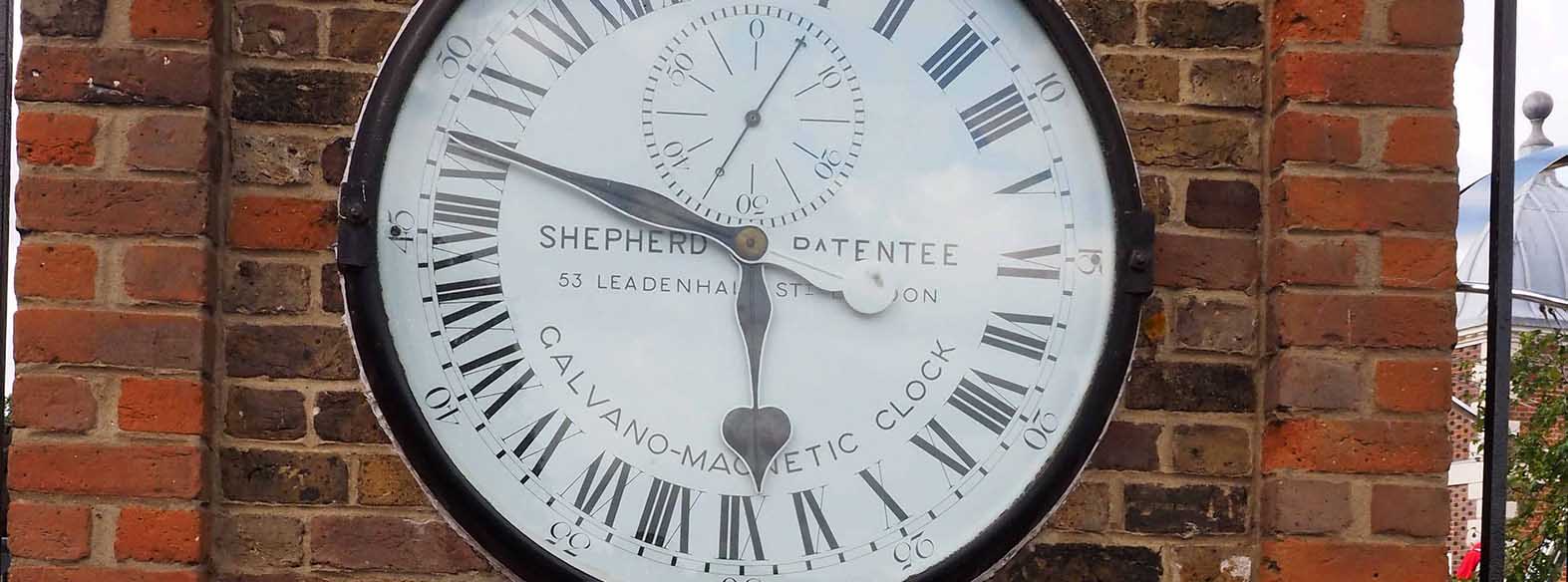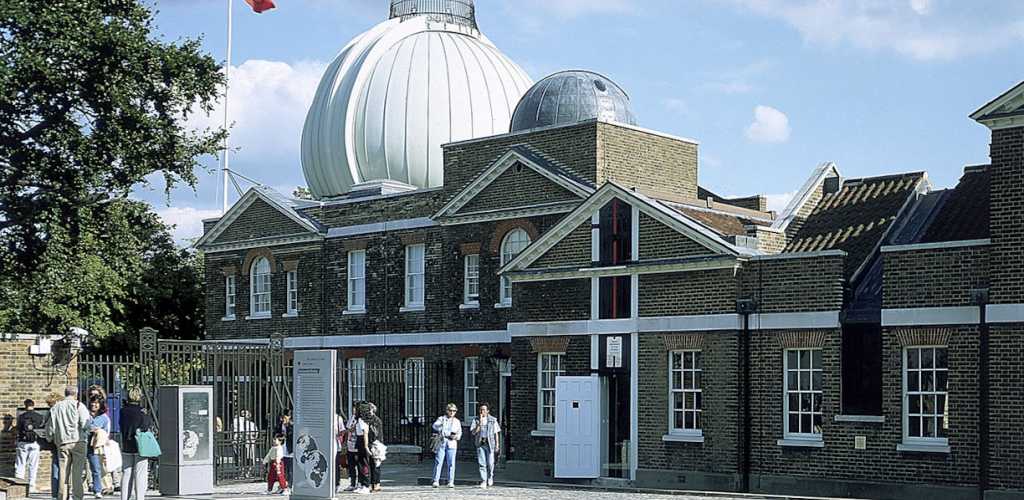10 Facts About The Royal Observatory Greenwich
10 Facts about the Royal Observatory Greenwich, including...
- Why it was established
- What you can see there today
- When and why its ball drops
1. It owes a lot to one of the country’s most famous architects
Before Sir Christopher Wren designed iconic landmarks like St. Paul’s, he was a professor of astronomy at Oxford University. It's under this role that he was selected by King Charles II to establish the Royal Observatory Greenwich. Wren then chose the site at Greenwich, thus setting the stage for the Observatory's grand history.
2. Before it, there was no standardised method for measuring time
How does the Royal Observatory Greenwich set time? Well, it's most famous for being the home of the Prime Meridian. This longitudinal marker is basically Longitude 0, and it standardised time in the form of Greenwich Mean Time (GMT). This standardisation changed the game for everything from navigation to global businesses.
This was hugely beneficial when it came to mapping the night sky, with separate observation points able to be recorded in terms of their distance from the Prime Meridian. It was also incalculably useful in terms of seafaring, with distances, times and routes able to be mapped effectively because of the use of a standard longitudinal point.
As the industrial world came into shape, trains, factories and global businesses could use Greenwich Mean Time as a universal measure of time, meaning that the timings of journeys, transactions and production periods could be standardised across the whole planet.
3. The Royal Observatory Greenwich has an amazing clock collection
As a landmark of time and distance, you’d expect them to have a decent clock collection. And the Royal Observatory Greenwich doesn’t disappoint when it comes to their timepieces. The list of historic timepieces—many of which revolutionised the way we record, measure and keep track of time across different industries—is lengthy. Book a self guided (audio) tour with your London Pass!
Particular highlights include the Russian F.M. Fedchenko pendulum clock, which is said to be one of the most accurate such timepieces on the planet. Plus, the Shepherd Gate Clock mounted on the outer wall of the Observatory, which has an unusual 24-hour display.

4. You can be sure of getting the right measurements at the Royal Observatory Greenwich
The Royal Observatory Greenwich features a set of Public Standards of Length. Marked out by brass pegs, these measurements set out the exact length of different imperial measurement units, including a yard and a foot. So if your shelf doesn’t fit once you’ve measured it up against the markers here, you’re doing something wrong.
5. Charles II created the position of Astronomer Royal
As European exploration and international trade picked up, King Charles II was encouraged to establish an observatory that could aid in the understanding of astronomy and navigation. When founding the Royal Observatory Greenwich, he also created the post of Astronomer Royal.
John Flamsteed became the first person appointed to the position. There have been only 15 Astronomers Royal since Charles II created the position in the late 17th century. You can learn all about them during your visit to the Observatory, which is totally free with your London Pass.
6. The Royal Observatory Greenwich is very good at dropping the ball
A bright red Time Ball sits on top of Flamsteed House, one of the main buildings of the Observatory complex. The ball rises to the top of its mast each day, beginning its ascent at 12.55PM, before dropping at exactly 1PM.
Considered one of the earliest public time signalling devices in the world, it first dropped in 1833. Head to the Royal Observatory Greenwich to see the bright red ball drop...get there a few minutes before it lifts up at 12.55PM. Don’t be late. It doesn’t wait.
7. It’s the place to go for stargazing in the capital
[caption id="attachment_5527" align="alignnone" width="1000"]

Courtesy of rmg.co.uk[/caption] While its research has moved elsewhere, the Royal Observatory Greenwich is still key for astronomy. Check out the Royal Observatory Greenwich astronomy exhibits, like the Peter Harrison Planetarium for some starry insights.
8. You should explore the park – as well as the known universe – during your visit
Back when the Observatory was primarily a scientific institution, it occupied a great expanse of what is now Greenwich Park. Now that much of that work is done elsewhere, the land has been turned once again into a public park.
The views from the hill on which the Observatory stands are magnificent, with the Thames stealing the show and providing a backdrop for the historical buildings of the National Maritime Museum.
It’s a legally-protected view. The area was once one of Henry VIII’s (many) favourite hunting grounds. You can still find deer (now in a protected enclosure to keep them safe from Big Hen), in a section of the park.
9. It is part of the Maritime Greenwich World Heritage Site
Yes, the Royal Observatory Greenwich is one part of a UNESCO World Heritage Site. The Maritime Greenwich World Heritage Site is a collection of attractions within central Greenwich and Greenwich Park which are important to maritime history.
These include the Cutty Sark, the last surviving tea clipper ship, and the Old Royal Naval College, a Baroque masterpiece. Entry to all three of these important maritime sites comes with your London Pass. So set course to Greenwich without delay. Captain.
10. It’s the centre of the world
The Royal Observatory Greenwich Prime Meridian facts are impressive. It literally divides the world into the western and eastern hemispheres. Stand on either side of that line, and you're straddling the two halves of our planet.
Every point on earth was measured in relation to its distance east or west of the Prime Meridian. Standing there today, feet either side of the line, you are straddling the east and west halves of our planet.
And, that's your lot. If you have any more facts for us, let us know in the comments below. Also, if London landmarks are your thing, look here.